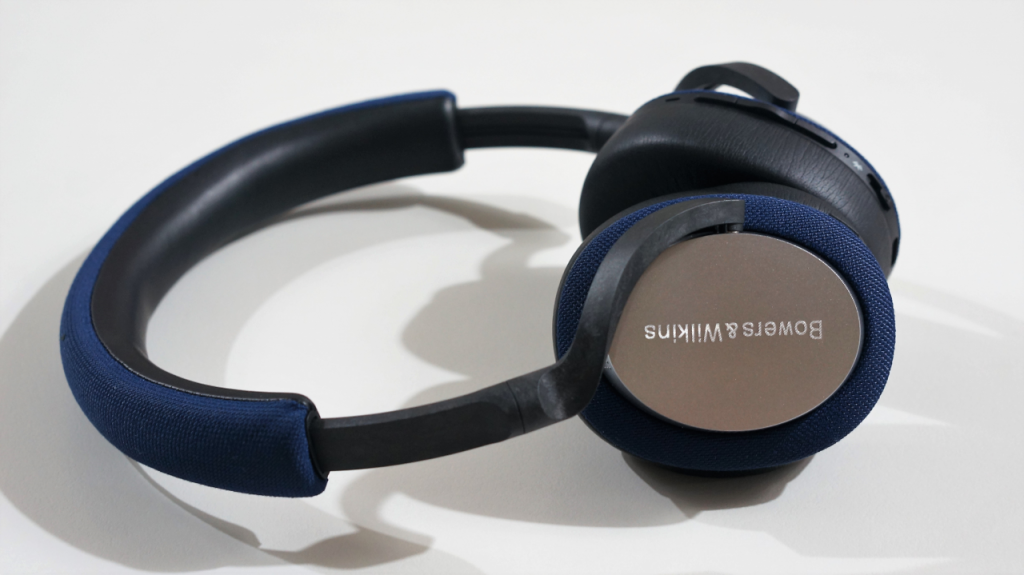Sound Quality
Wireless sound signature
This headphone is going to be mostly used wirelessly so most of my testing is done in this mode.
Not surprisingly, the overall sound signature is quite bassy which has some looseness in it and bleeds into the midrange. I still like its quality and impact but I think there’s just too much. Despite this, the low midrange emphasis makes the vocals quite alive still. It’s not of those instances where the midrange is completely drowned out by the excessive bass.
There is some unevenness in the frequency spectrum but I feel the headphone, especially for this type, still sounds cohesive as a whole. The massive dip in the upper midrange seems to have been balanced out by some of the peaks in the low and mid-treble. They’re not sharp peaks but the emphasis is quite close to the bass and low mid hump. Now don’t get me wrong, you’re not gonna mistaken it as a decent non-noise-canceling headphone but it could’ve been worse. If my memory is still sharp it reminds me of the old Sennheiser PX 210 that I reviewed half a decade ago but with way more bass.
The soundstage is very small but I don’t think that’s news. The ability to image is quite poor because of the plodding bass, excess warmth, and some sparkly but uneven highs.
The change in sound characteristic only becomes noticeably different when the noise-canceling is turned off. The bass quantity gets reduced and as a result, the midrange becomes more prominent. While this gives the headphone a better balance as a whole, I thought the bass itself sounded incomplete with more upper bass and less mid and sub-bass. That gives the headphone a mid-centric feel in some of the tracks.

Wired sound signature
I find the sound quality in all three noise-canceling levels identical to the wireless mode that I don’t feel confident passing a blind test for this comparison. Like the wireless mode, there’s just too much bass that makes some already bassy tracks hard to fathom. But if you listen to Diana Krall or Norah Jones’ type of music, then this headphone passes the test.
The best of all modes both wired and wireless is the wired with noise-cancelling turned off. With this mode, I feel that the bass levels are reduced and unlike its wireless counterpart, both the sub-bass and mid-bass retained their levels (or reduced level) making the transition to midrange somewhat smoother. And because the bass is not so excessive, it makes the upper midrange not as withdrawn as it is in other modes. To my ears, this gives the best balance to the music. Listening to Daft Punk’s Get Lucky not just becomes more bearable but is also quite enjoyable as well on a casual listen.
Conclusion
So who is this headphone for? I think it’s for someone who particularly doesn’t mind an on-ear design and likes the specific looks of this headphone and by that, I don’t just mean the styling but also its size, the adjustment mechanism and how the buttons are placed. If those are weighted check marks for you, I think the sound quality and noise-canceling is competitive enough to make the recommendation.
If you don’t have a specific preference though and is evaluating your purchase decision without bias on any specific areas, the PX5 becomes hard to recommend. While the headphone looks great and quite modern, the limited adjustments to the headband and the “on-ear” comfort doesn’t make it an appealing choice. Factor in the inferior active and passive noise-isolating capabilities and you lose some major reasons to buy this headphone.
Having said that, I enjoyed the sound of the PX5 especially in wired mode with noise-canceling disabled and if you’re in the market for a headphone of this type and can audition it on a local store, then definitely gives this a try!
Shout out to Toyama Inc. for loaning this headphone for review. If you’re in the Philippines and want to buy the B&W PX5, go check out their page.


